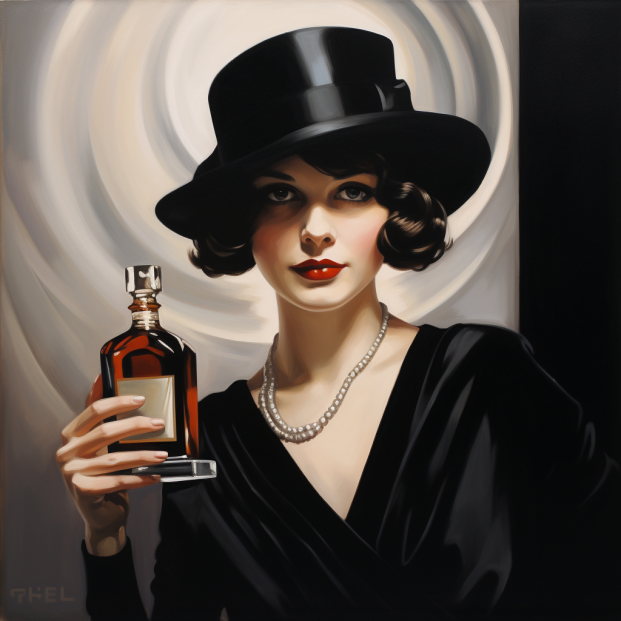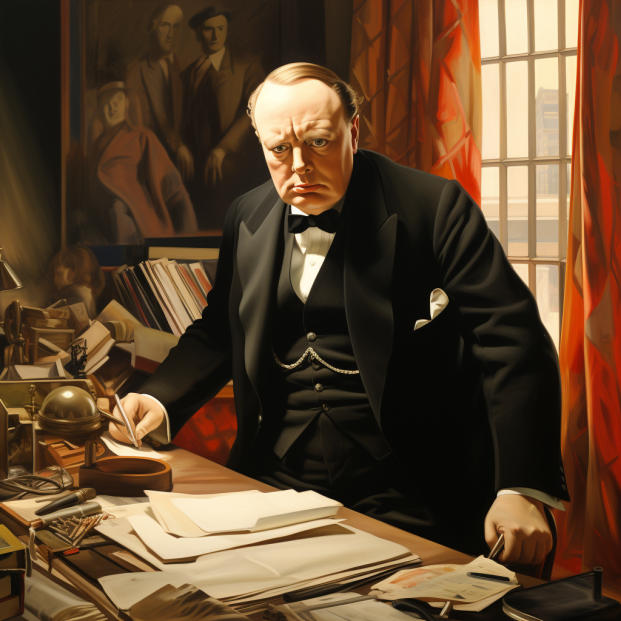Coco Chanel and the Creation of Chanel No5

Chanel No.5 is one of the most iconic fragrances in the world. Reported to be late Queen Elizabeth’s favourite perfume and it is, of course, synonymous with Marilyn Monroe’s famous quip.
When asked by Time Magazine in 1952 “What do you wear to bed?” she reportedly said “Nothing but Chanel No 5 and a smile”.
Chanel No.5 has been in the public consciousness and scenting women from Paris to Putney for over 100 years.
What is it about this perfume that has stood the test of time? What is it about the its story that you as a leader can take and use in your communications?
Here’s the facts:-
- When Coco Chanel sought to create a perfume for Chanel – her fashion house - she aimed to develop something radically different from other fragrances available at the time.
- She envisioned a fragrance that was as structured as the garments she designed, breaking away from the single-note flowery fragrances that were popular at the time.
- Chanel worked with Ernest Beaux, a skilled and well-known perfumer.
- Beaux created several samples for Chanel, and notably, it was the fifth sample that captivated her attention, from which the name "Chanel No. 5" was derived.
- The marketing strategy for Chanel No. 5 was as innovative as the scent itself. Coco Chanel utilized her elite social circles and influential friends to promote the fragrance, which was a novel approach at the time.
- Despite the various challenges and crises that the Chanel brand encountered over the years – and boy there were A LOT - including during the World Wars and after Coco Chanel’s death, the scent has retained its status and allure.
Leadership Lessons - How can this be used?
1. Persistence - The first attempt at anything is usually crap. You have to go beyond the obvious to get to your own Chanel No.5
We are not, over 100 years later, talking about Chanel No1. Maybe the first one was too flowery, the second too musky…we will never know, but what we do know is that it was No.5 – the fifth attempt – that Ernest Beaux cracked it. He got it significantly different and significantly brand congruent that Madam Chanel was happy.
This process underscores the leadership qualities of persistence and the thorough pursuit of perfection, not settling until the envisioned outcome is achieved.
2. Innovation and Risk - If you want big results, you have to innovate and take risks.
Coco Chanel took a significant risk by introducing a product that was divergent from the prevalent market trends. What business did a fashion designer have in perfume? Nowadays perfume is part of that world. That is because of Chanel. She demonstrates a critical leadership trait of believing in one's vision even amidst potential scepticism.
3. Marketing and Positioning – Chanel, quite possibly, ran the world’s first influencer marketing campaign.
This was Badass influencer marketing before the term was even known. She gave the perfume to her clients in her Parisian circle. Now, most people at the time would never have been able to afford a Chanel jacket…I mean who can now!...but a perfume…maybe.
- The creation and marketing of Chanel No. 5 exemplify her role, the leader’s role, in innovation and strategically positioning a product in the market to ensure its uniqueness and desirability.
4. Resilience and Foresight
Chanel’s vision and follow-through on the vision for this product transcended both her and Ernest Beaux. The staying power and inter-generational relevance of Chanel No5 speaks to a) luck and b) some pretty demonstratable foresight and strategic management c) A mega strong brand.
If you look further into Chanel, you’ll see that the perfume pretty much saved the Fashion brand in the lean times. Talk about diversity of offer!
5. Legal Battles and Brand Control – if in doubt, trademark and call the lawyers!
The Chanel brand had to engage in notable legal battles, particularly with regard to protecting the Chanel No. 5 name and formulation.
Such endeavors underline the necessity for leaders to safeguard their creations and intellectual properties vigilantly and ensure that the legacy and integrity of their innovations are preserved.
Concluding Thoughts
Chanel No. 5 has more than stood the test of time—it has wafted through the decades, leaving an indelible mark on the perfume industry and popular culture. Beyond its iconic scent, the creation and sustained success of Chanel No. 5 furnish a wealth of insights into innovation, risk-taking, and strategic marketing. Coco Chanel, alongside Ernest Beaux, dared to deviate from the olfactory norms of the day, introducing a fragrance that was as bold and pioneering as her fashion designs. Through clever, unprecedented marketing tactics and a relentless pursuit of perfection, Chanel not only created a product but also crafted a legacy that has endured for over a century.
The brand has navigated through numerous crises and upheavals to keep Chanel No. 5 at the pinnacle of the fragrance world, demonstrating astute management, adaptability, and a robust understanding of its market. The evolution and steadfastness of Chanel No. 5 underscore the quintessential blend of innovation, marketing savvy, and brand strength, offering a striking case study for leaders and entrepreneurs in various fields.
Your Reflection
Reflecting on the journey of Chanel No. 5, consider the implications of persistence and bold innovation in your leadership approach. Ask yourself:
- How might a relentless pursuit of excellence and perfection shape your product or service offerings? How would it shape your staff, or company?
- In what ways can you leverage your networks and relationships for authentic and impactful marketing?
- How can you safeguard and champion your brand through crises and challenges, ensuring its continuity and legacy?
What to know more about Coco Chanel?
STORIES - Our leadership stories about Coco Chanel


